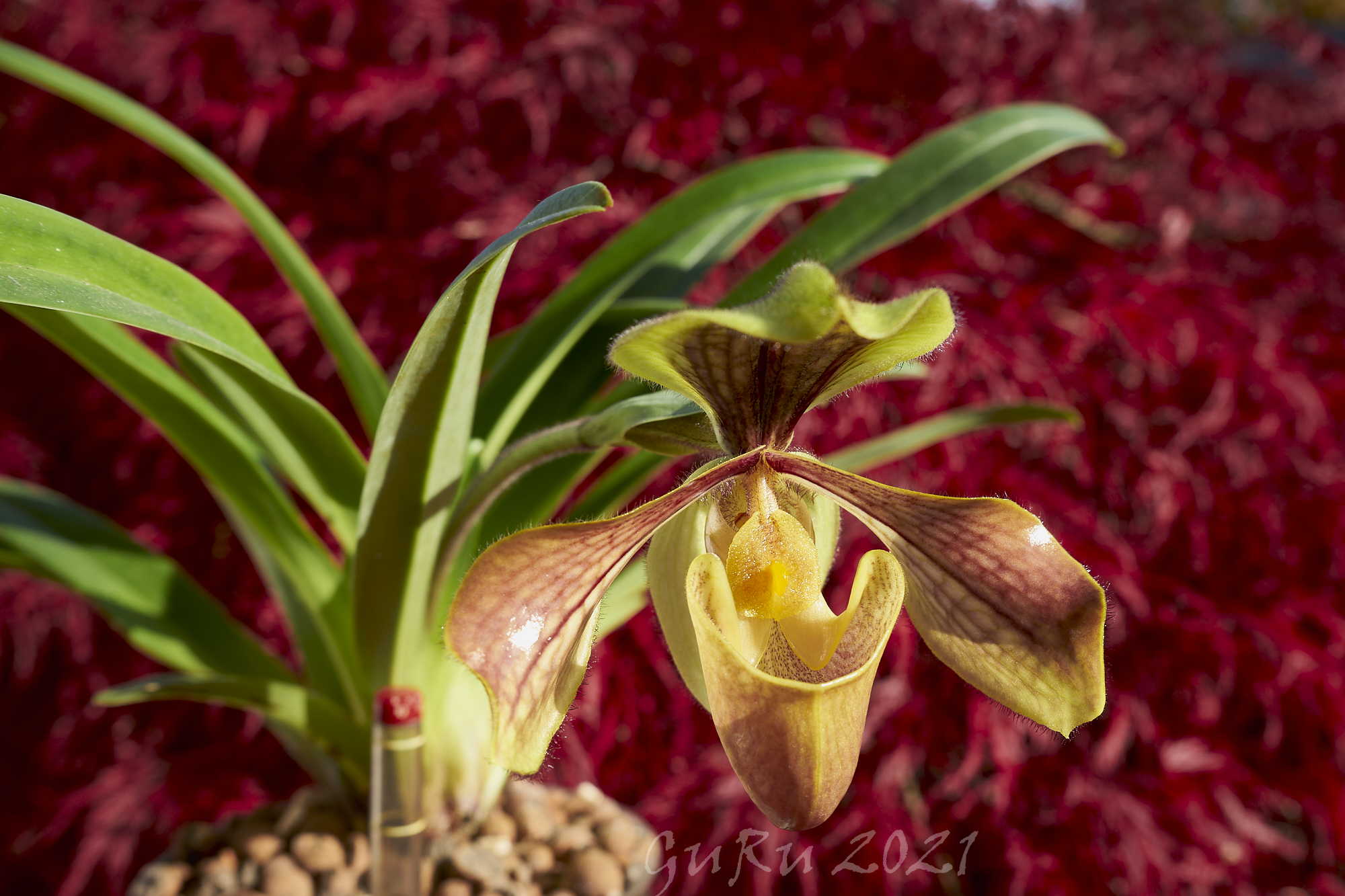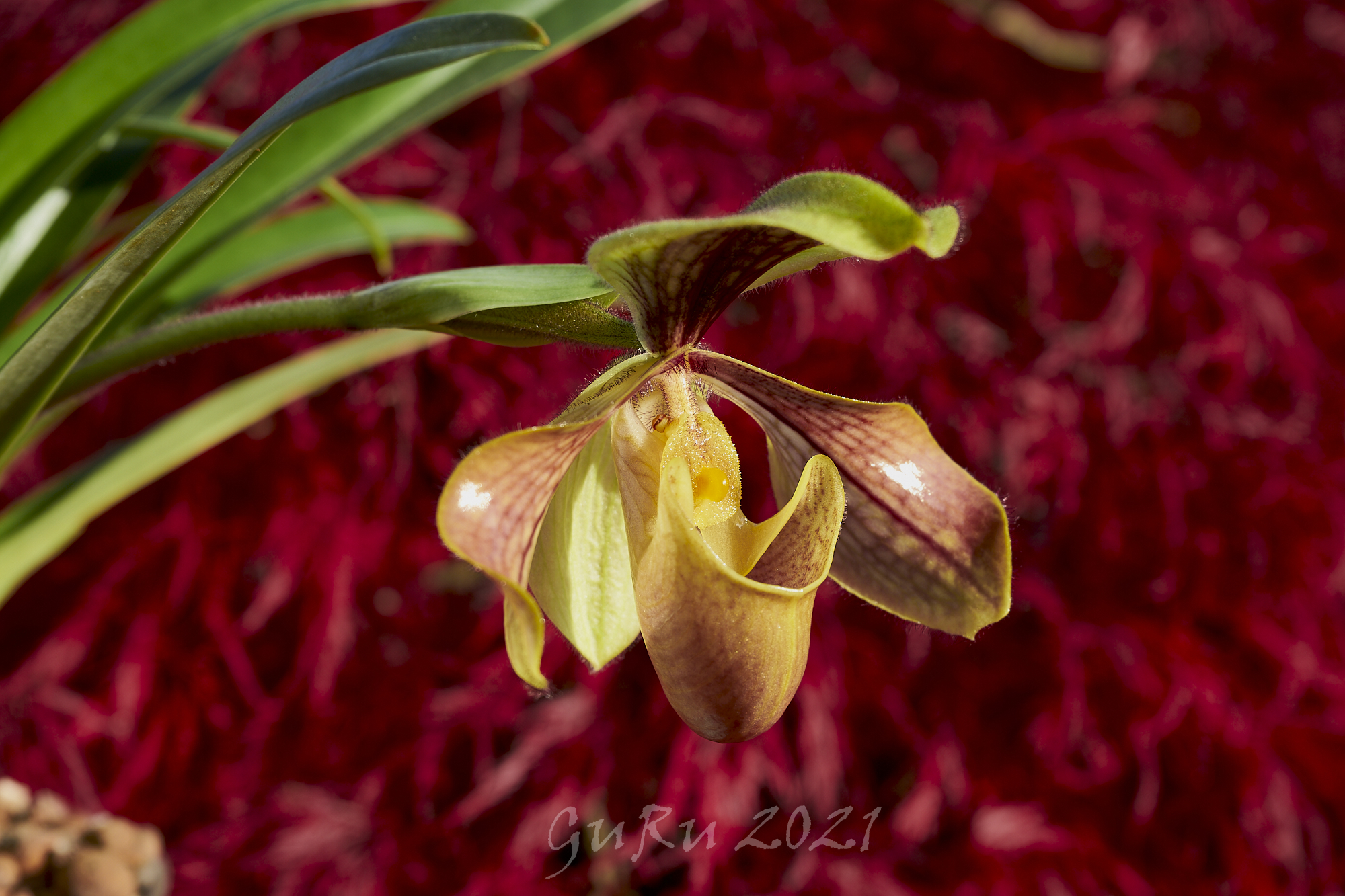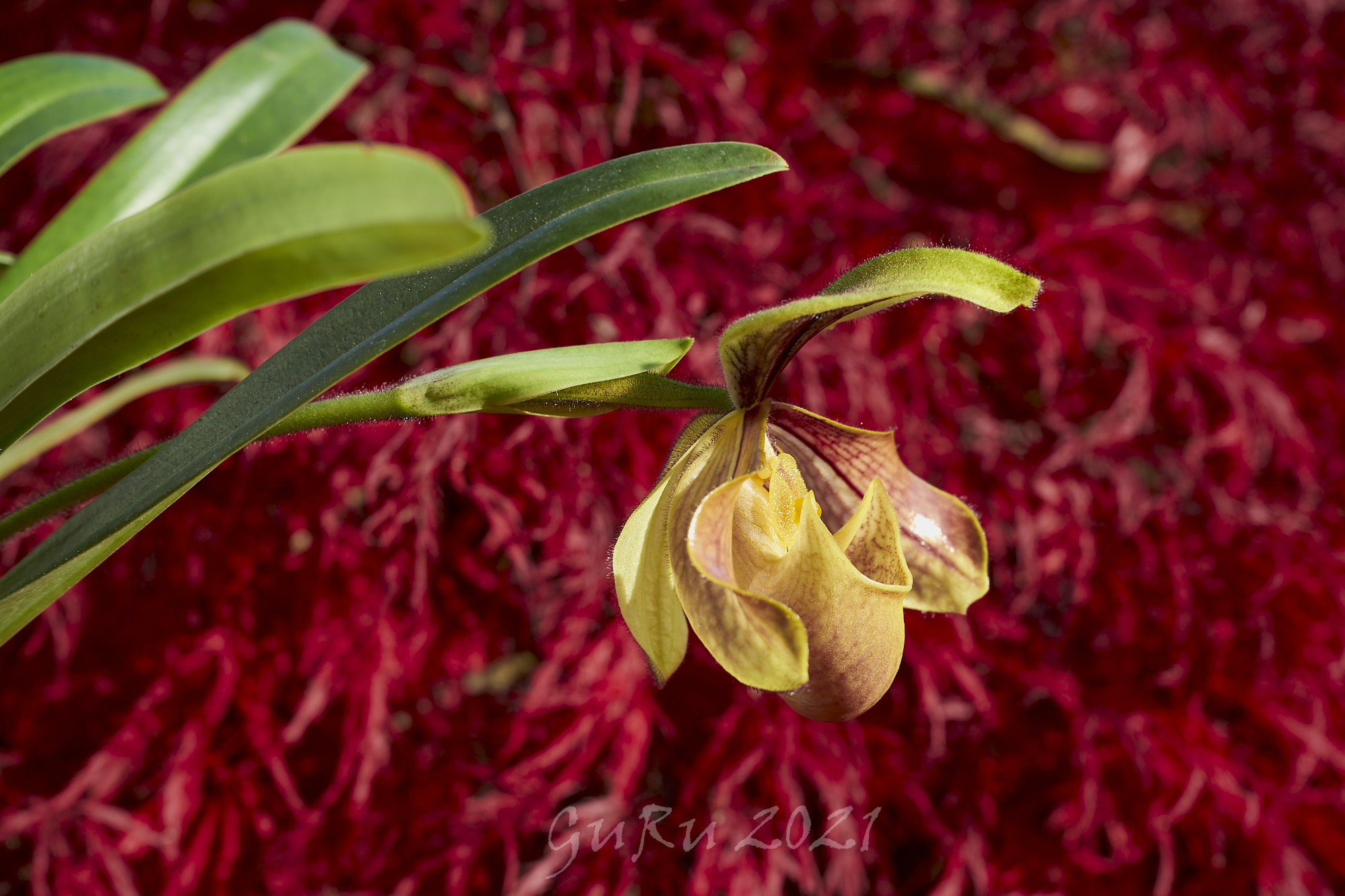Well, I think I wrote here about that issue already before. About 20 years ago I was inspired by an orchid book to experiment with inorganic potting medium. The author of this book reported about growing orchids in classical potting mediums as well as in inorganic ones. As a lazy bone (which I am no really) I try to avoid work which isn't really necessary (e.g. repotting) and furthermore I'm convinced that plants also don't like this. So I started experimenting with inorganic potting mediums and nowadays I grow all my orchids in inorganic potting mediums except my Vandas 'Princess Micasa' which I grow without any medium in an empty cachepot.
It was a long way to find an appropriate inorganic medium for my Paphs and I lost some of them by differen reasons, not always caused by the potting mix. I think by now they like my medium because they grow quite well.
I use a mixture of expanded clay balls with the grainig 4-8 and 8-16 mm, cracked clay balls, Seramis (which is burned clay) and cut styrofoam stripes. I mix them according to my experience. On the one hand too many coars parts prevent the water from rising within the pot and on the other hand too many fine grained parts make the medium too dense.
I attach two fotos of my mix. The first one with the medium in real size and the second one is a more close up.
View attachment 30294
View attachment 30295




















































